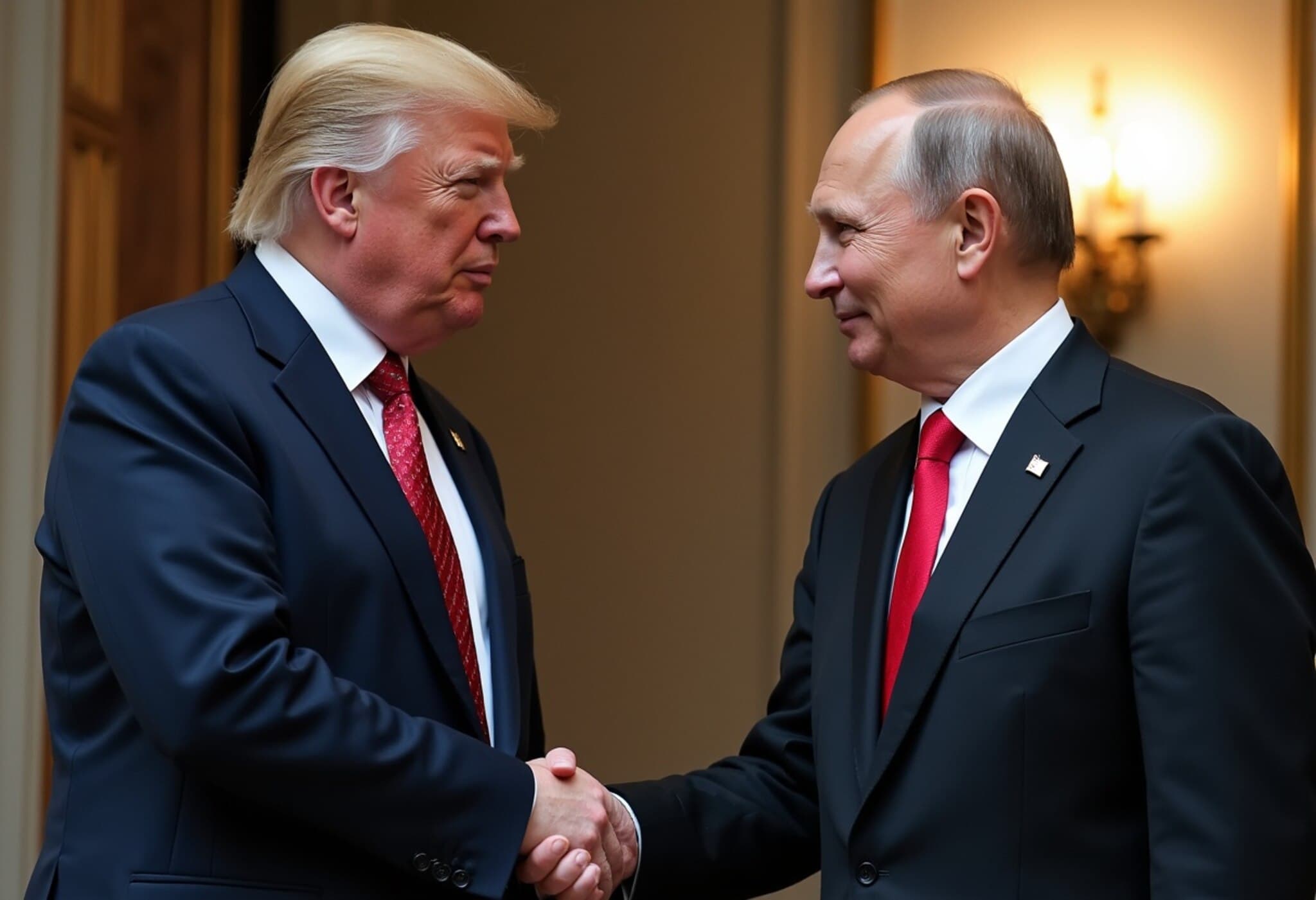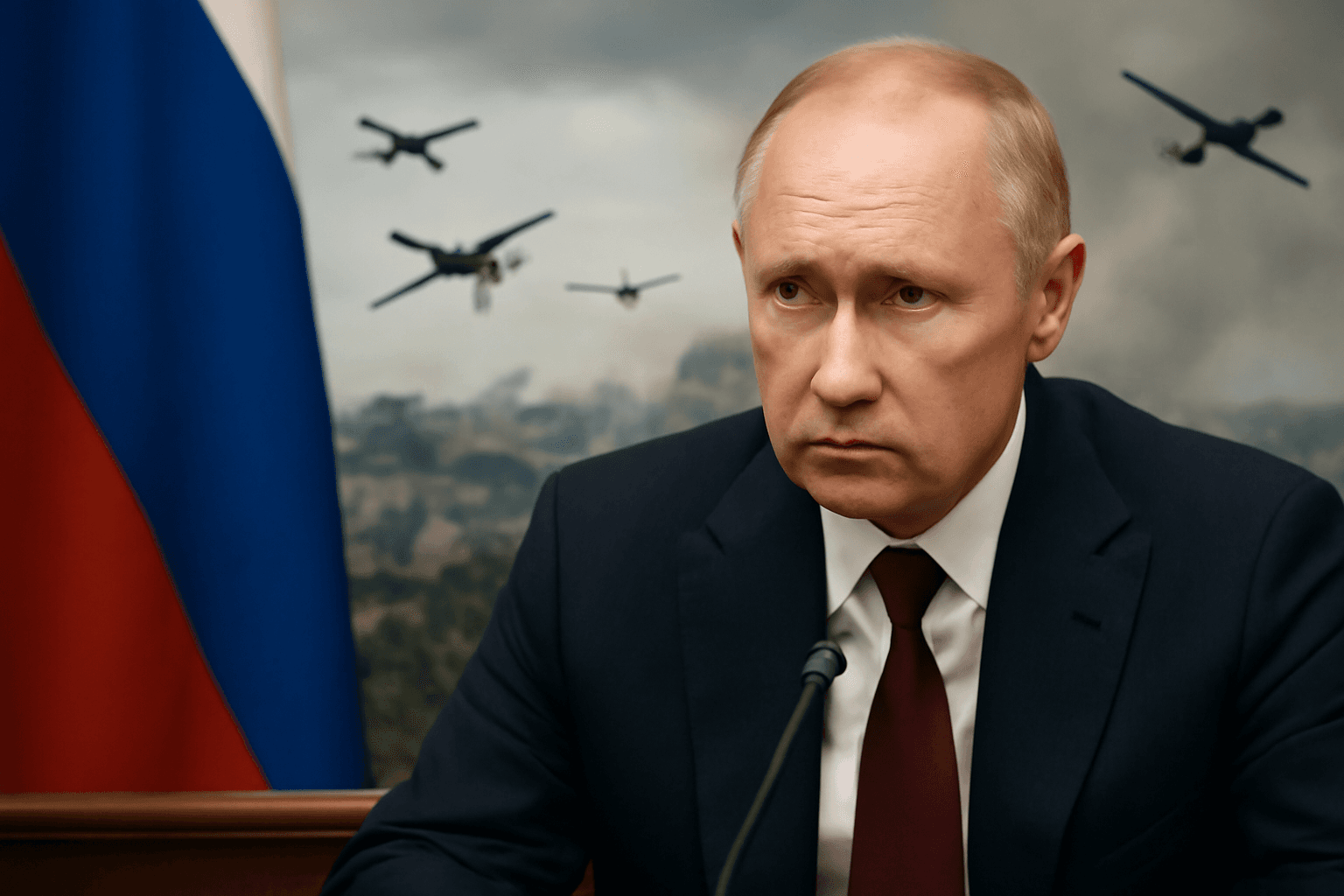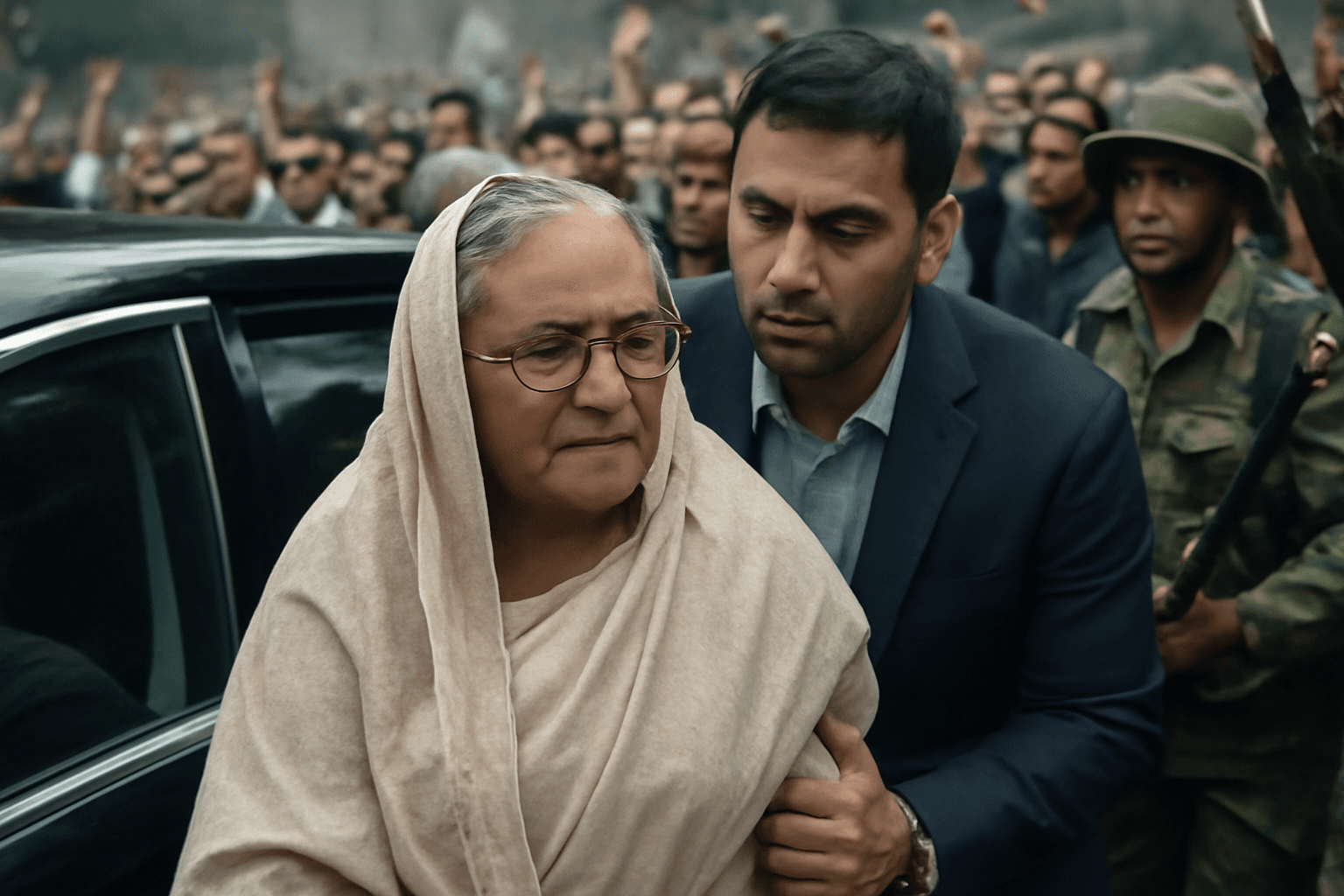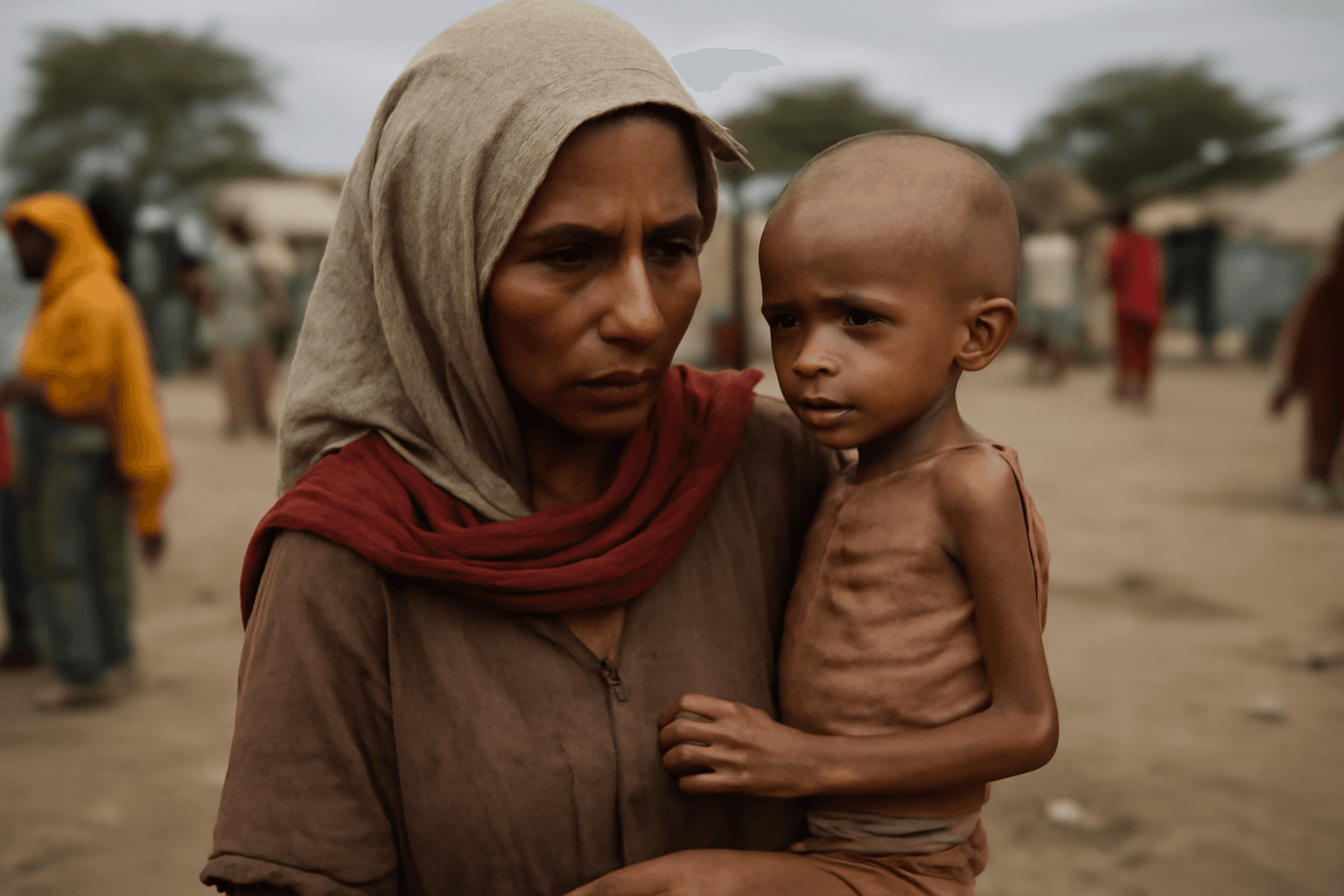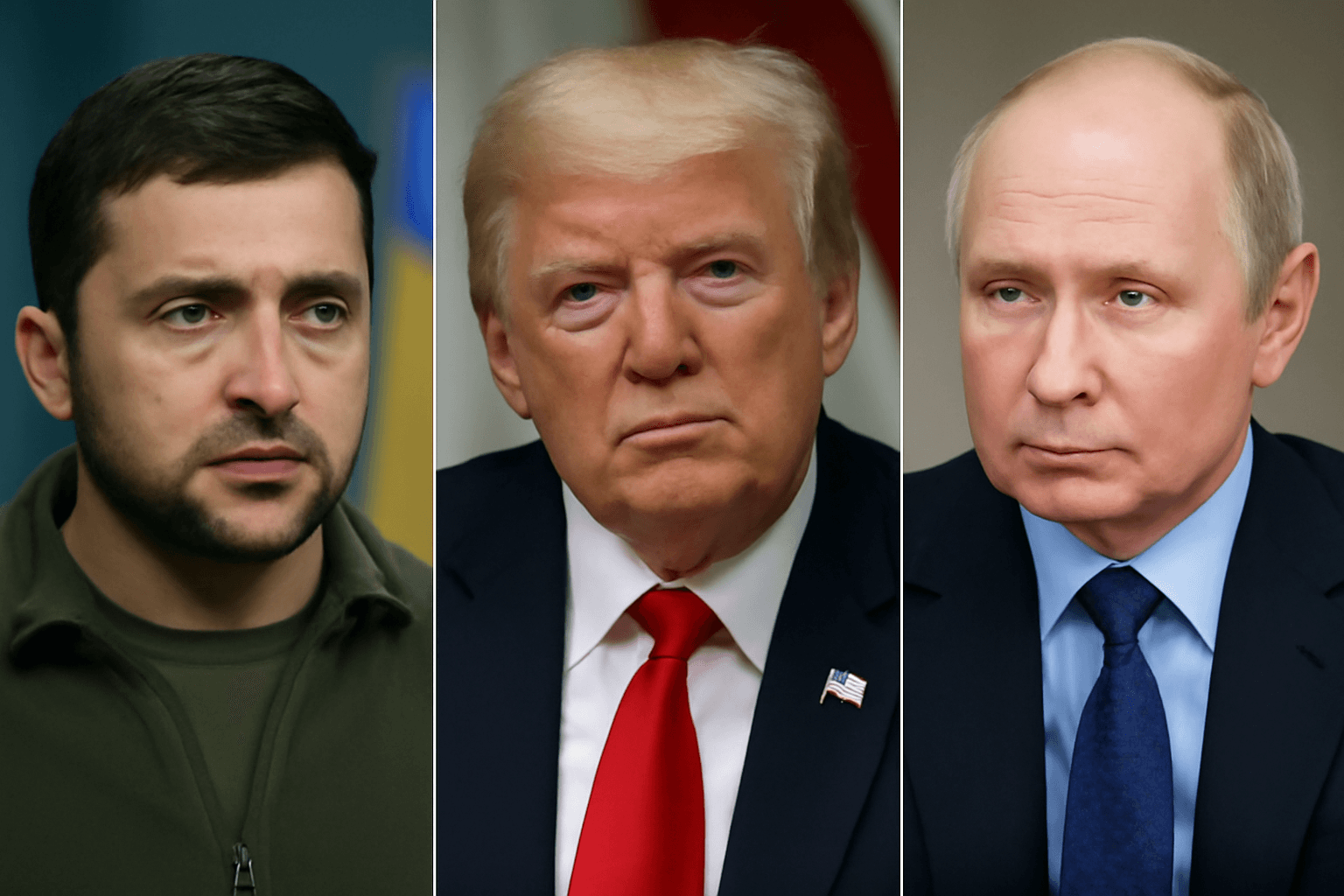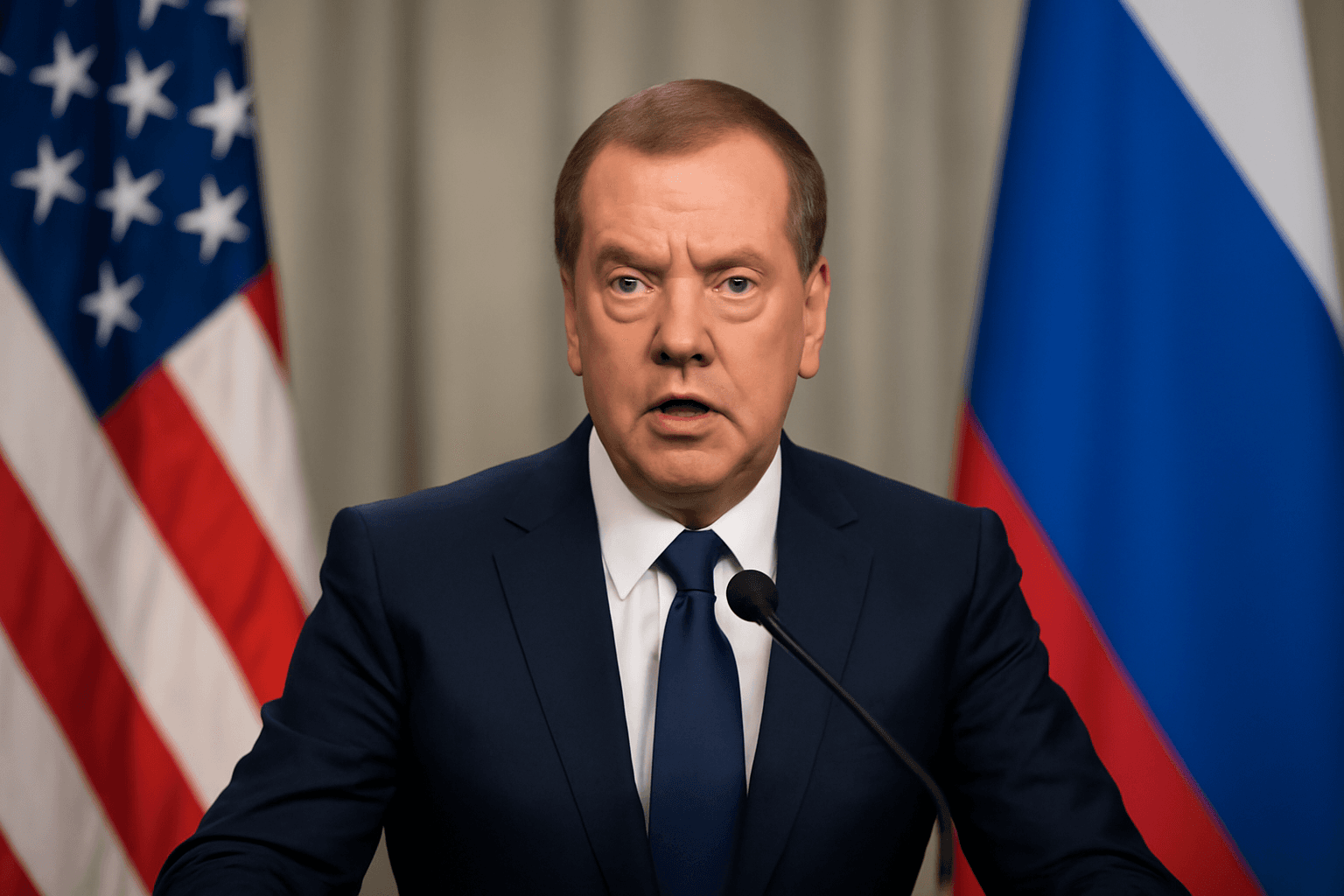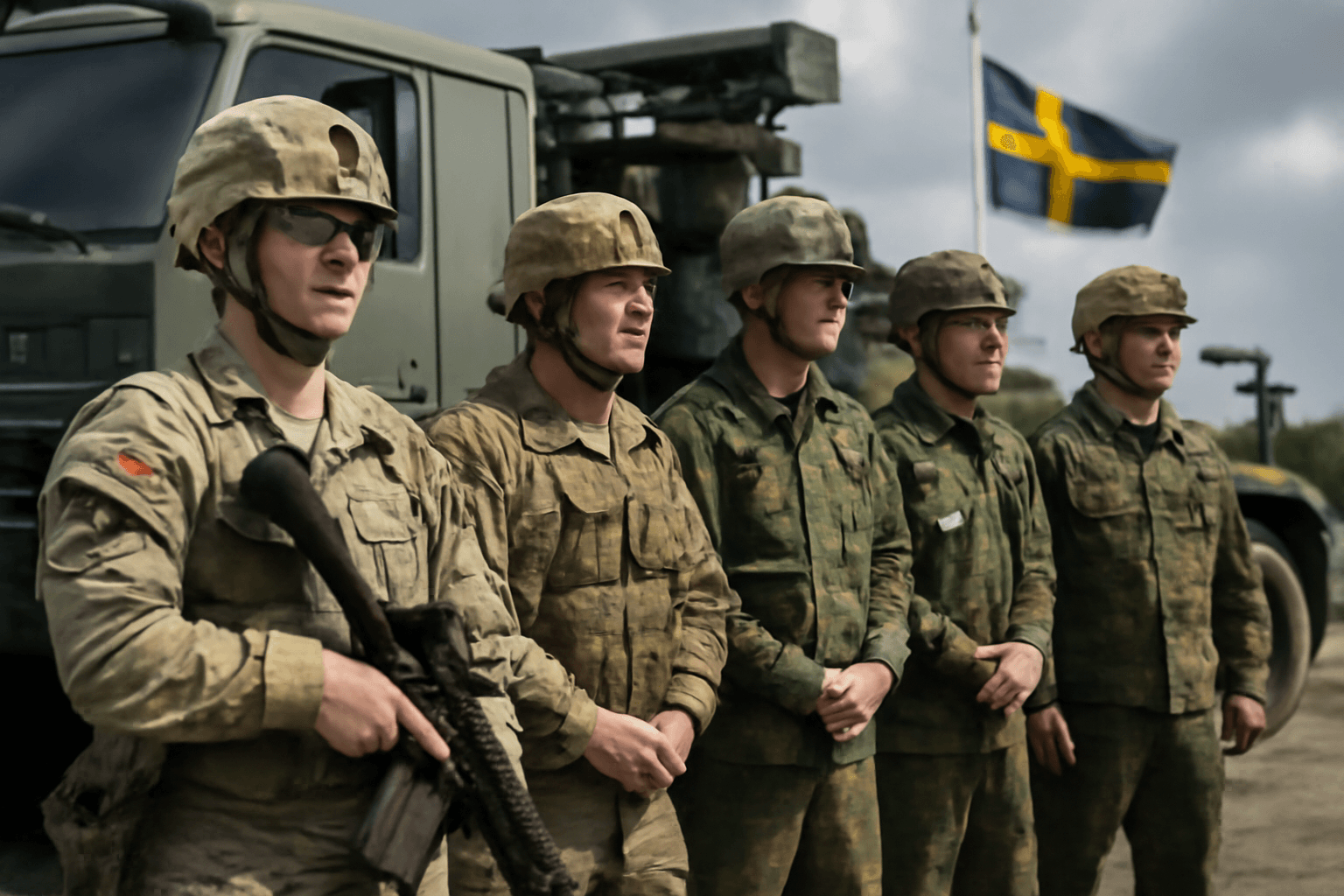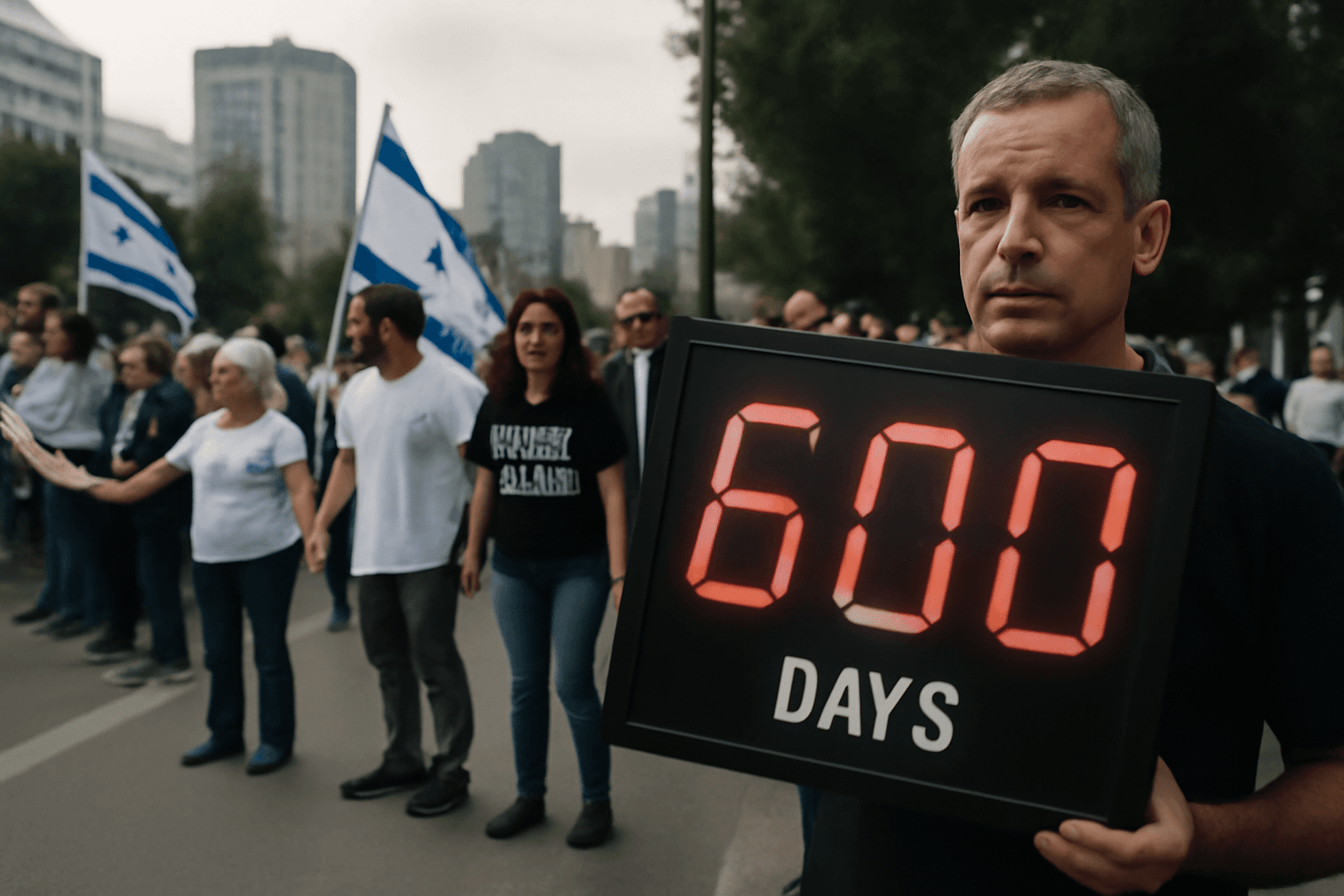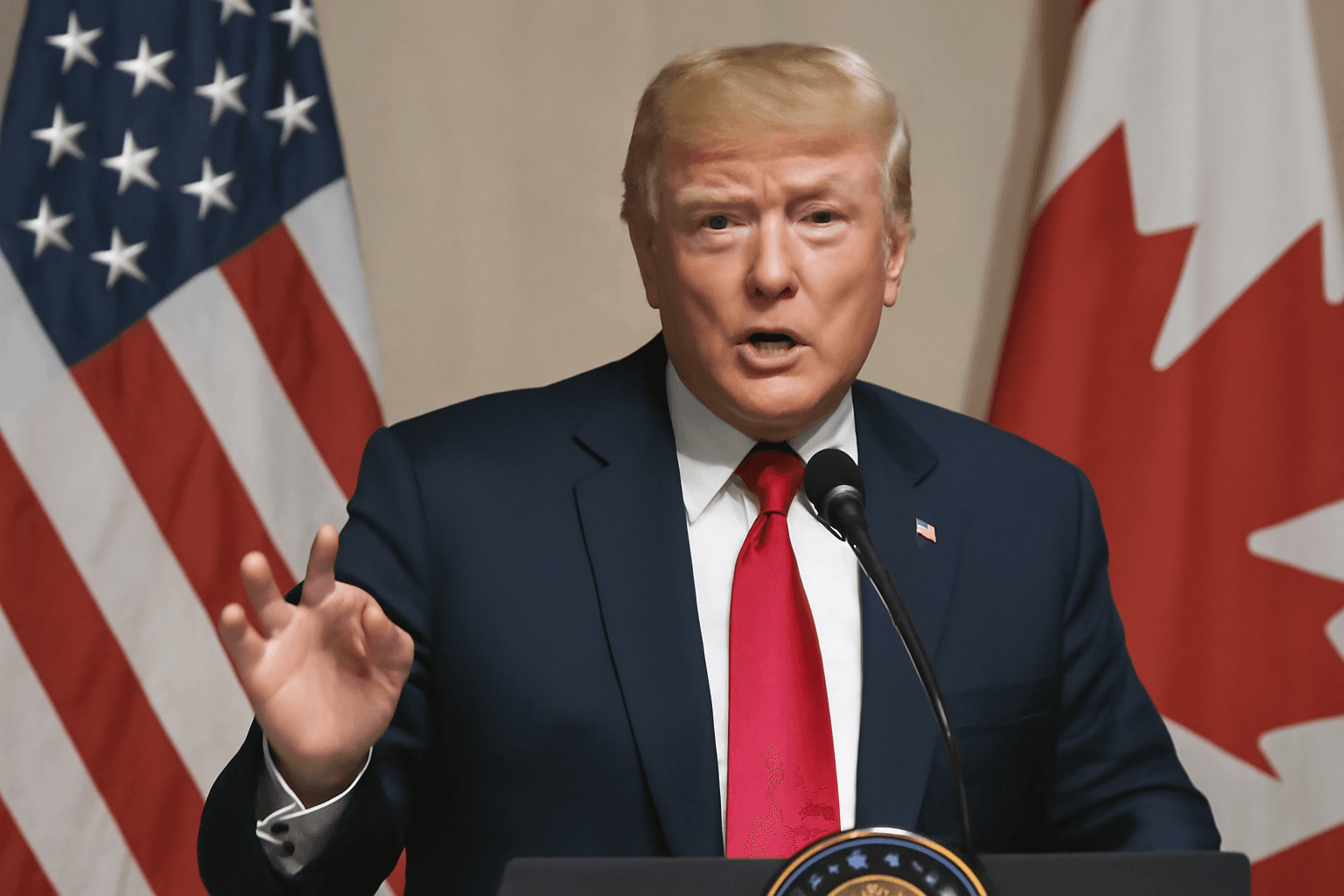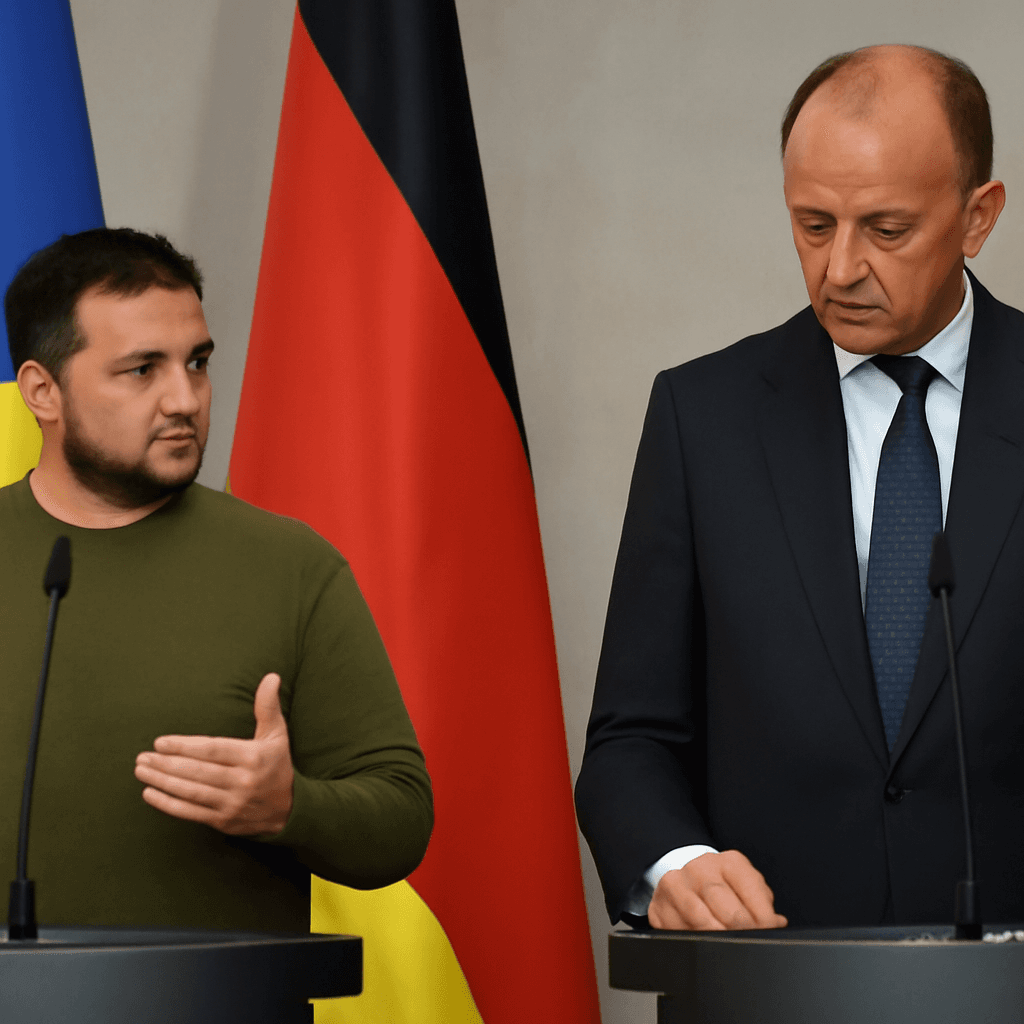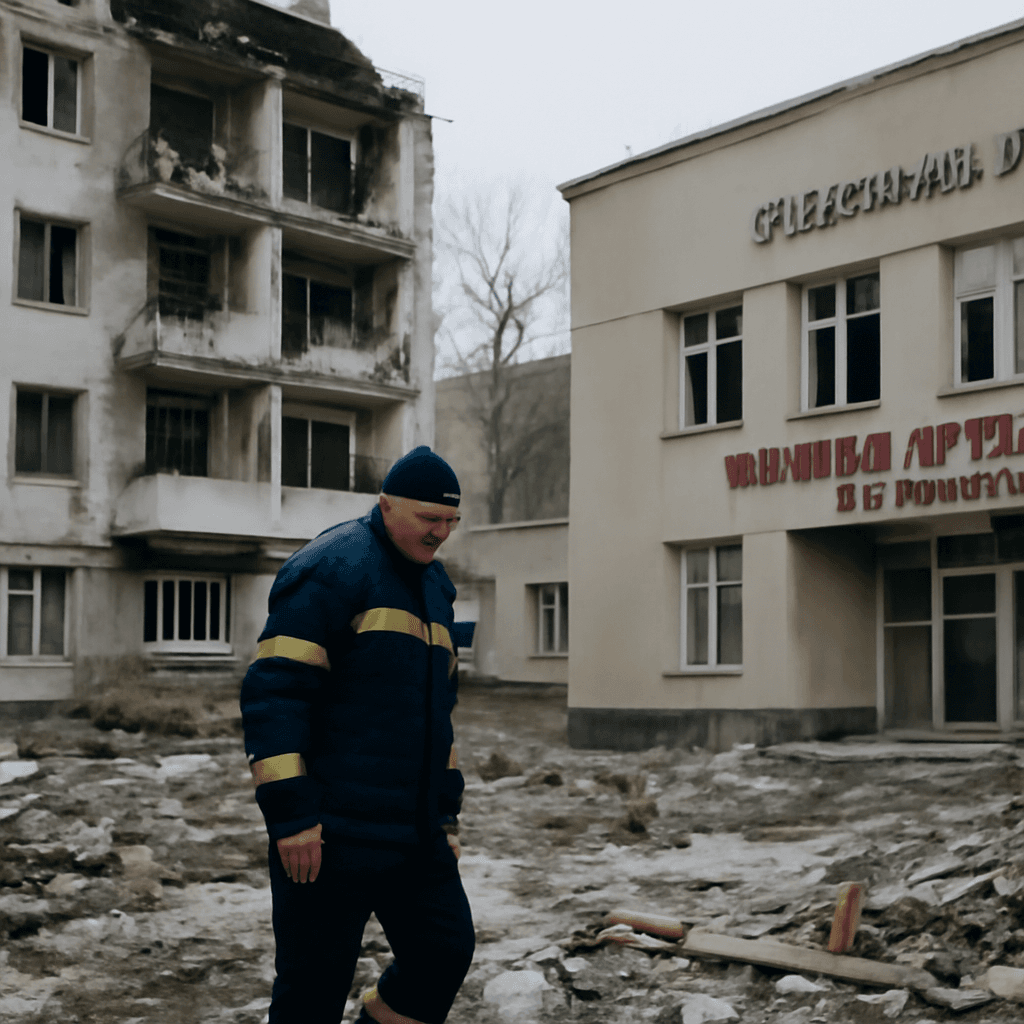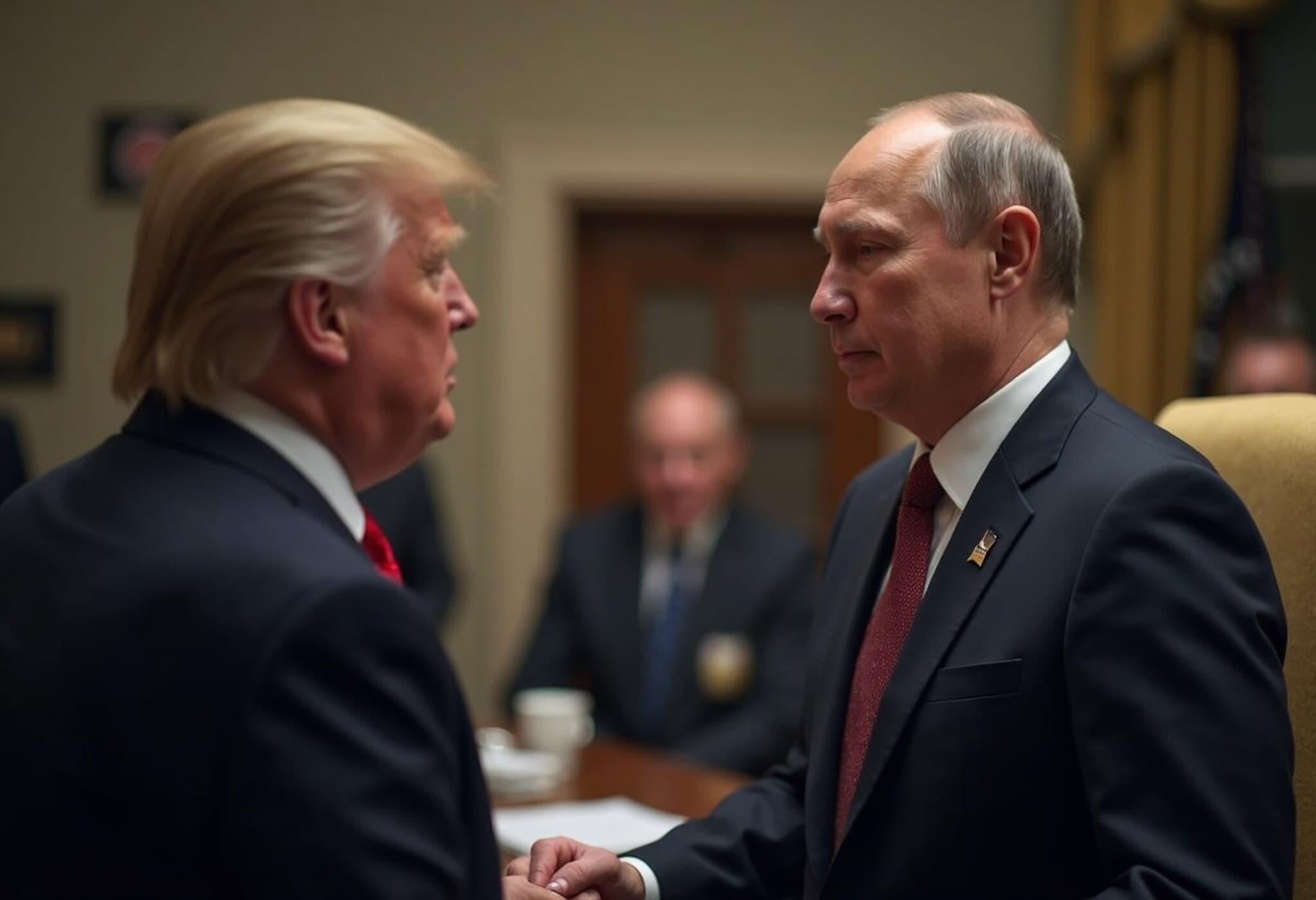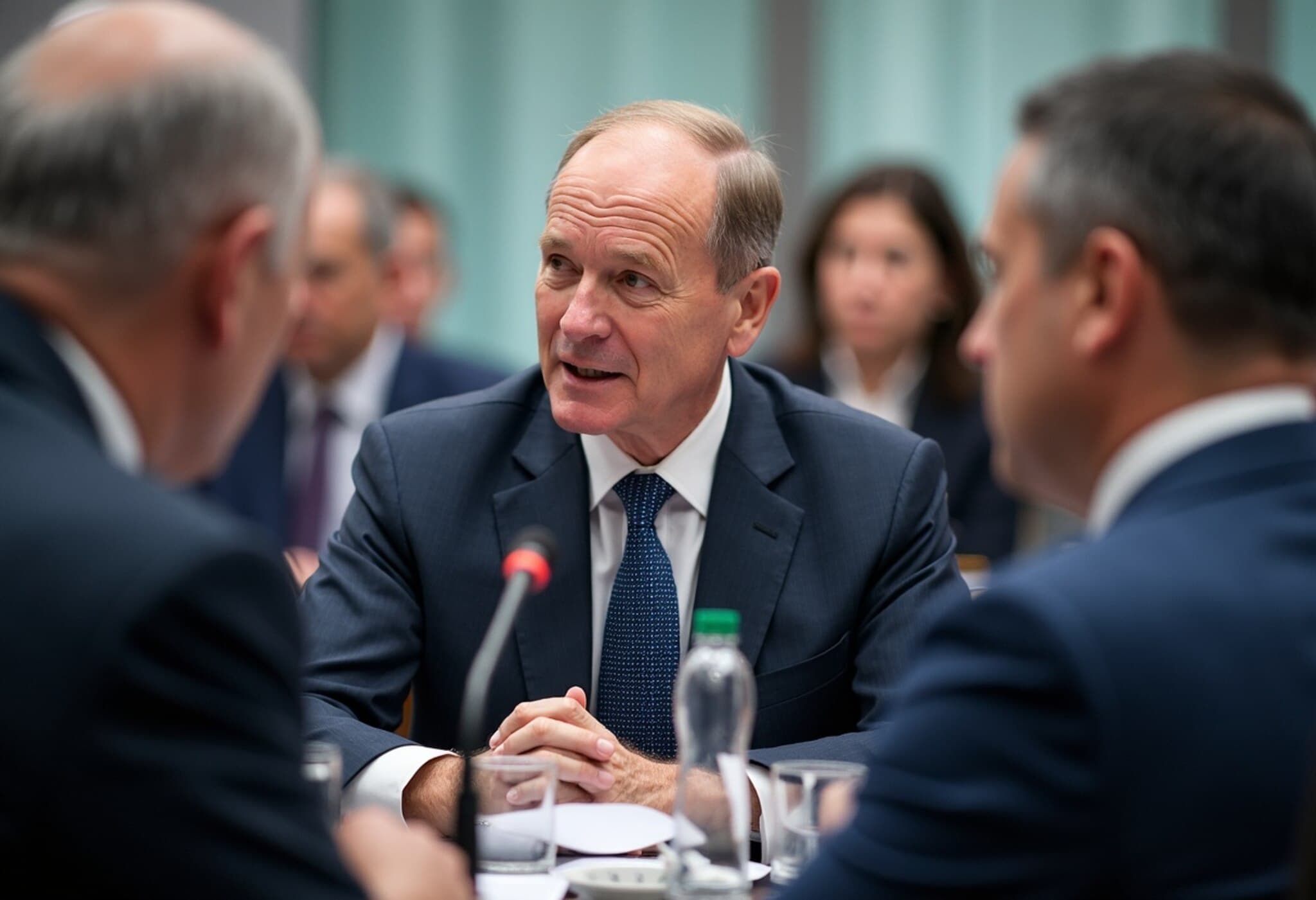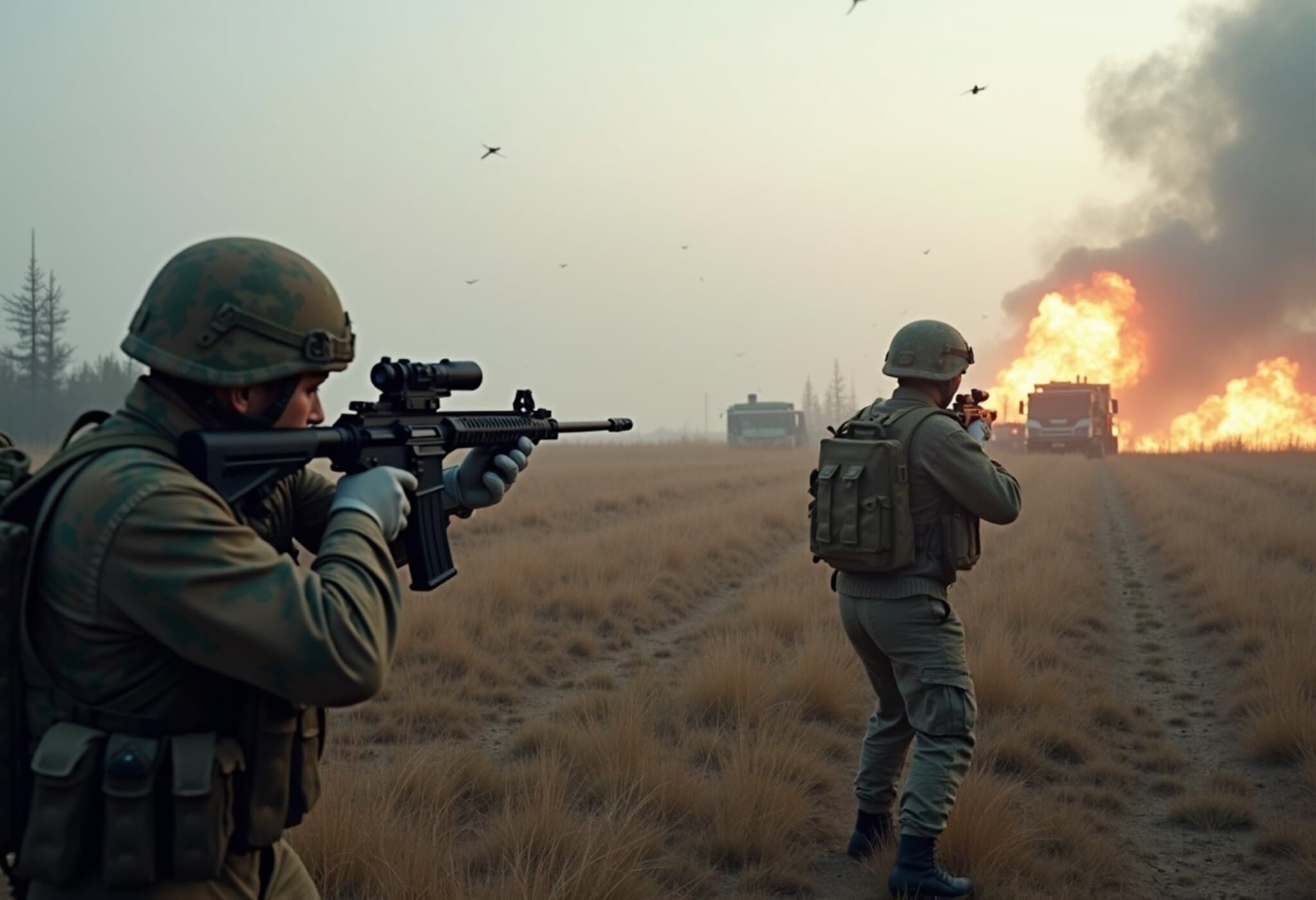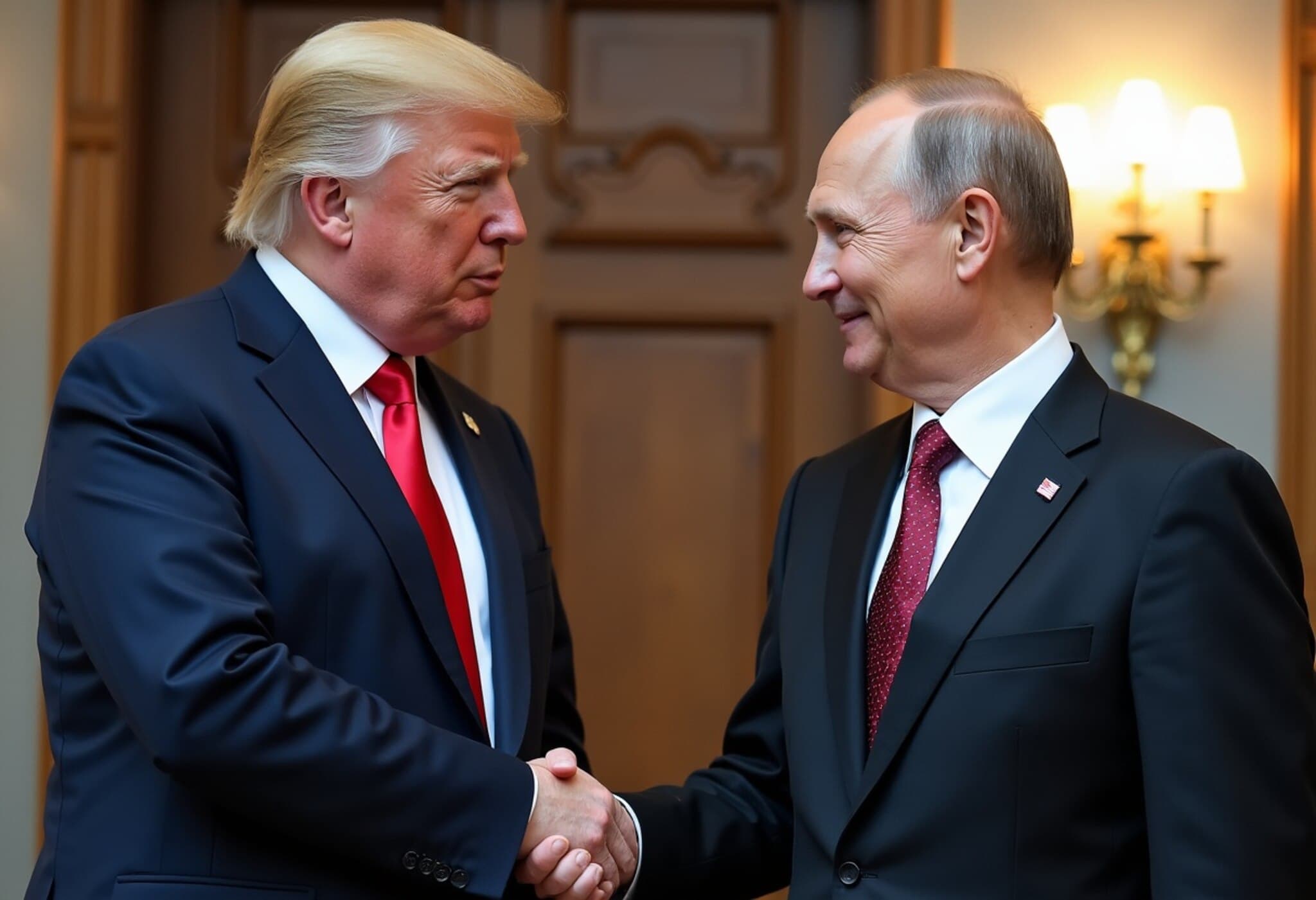Putin's Bold Assertion at Alaska Summit: Ukraine Conflict Avoidable Under Trump Administration
In a significant development during the highly anticipated summit at Joint Base Elmendorf-Richardson, Alaska, Russian President Vladimir Putin made a striking claim alongside U.S. President Donald Trump. Speaking after their first meeting since Trump’s return to the White House, Putin asserted that the ongoing war in Ukraine might have been sidestepped entirely if Trump had remained president following the 2020 election.
"If he was president back in 2022, there would be no war — and I’m quite sure that it would indeed be," Putin told reporters, emphasizing his belief that Trump’s leadership could have altered the trajectory of the Russia-Ukraine conflict now entering its fourth year.
No Breakthrough, But Some Progress Amid Diplomatic Showmanship
The meeting, which involved close advisors including Secretary of State Marco Rubio representing Trump, and Foreign Minister Sergei Lavrov alongside presidential aide Yuri Ushakov for Putin, lasted nearly three hours. Despite hopes for a breakthrough, the summit ended without formal agreements to halt or reduce hostilities.
In a joint press conference, both leaders spoke to the media briefly but declined to answer questions, offering general statements that suggested some steps forward though no concrete deal.
- Trump acknowledged: "There were many, many points that we agreed on. I would say a couple of big ones that we haven’t quite got there, but we’ve made some headway." He was nonetheless careful to stress, "There’s no deal until there’s a deal."
- Putin urged caution: He appealed to Ukraine and European leaders to respect the emerging progress from the talks and avoid undermining any advancements, framing the negotiations as a potential turning point.
Contextualizing the Summit: Beyond Surface-Level Diplomacy
While the meeting’s optics were strong — showcasing a potential thaw in U.S.-Russia relations amid the grueling Ukraine conflict — experts caution that the underlying geopolitical tensions remain deeply entrenched.
The summit's lack of transparency, with no questions entertained post-press conference and details scarce, signals the complexity and delicacy of these discussions. Putin’s continued insistence that the "root cause" of the conflict must be addressed before any true peace can be realized reflects Moscow’s unwillingness to consider a ceasefire under current terms.
American foreign policy analysts note that Trump's portrayal as a peace guarantor aligns with his broader narrative of strongman diplomacy, though many question whether his prior administration's policies effectively deterred Russian aggression.
Moreover, the U.S. diplomatic approach under Trump, compared to President Joe Biden, showed marked differences in tone and strategy, with Biden’s tenure characterized by robust economic sanctions and coalition-building against Russia, while Trump advocated for a more conciliatory posture toward Moscow.
What Lies Ahead for Ukraine and Global Stability?
The summit underscores the persistent challenge facing global leaders: balancing the urgency of conflict resolution with the strategic interests of their nations. While the Alaska talks left much unresolved, they offer a glimpse into potential future diplomatic choreography, with a heavy spotlight on U.S.-Russia engagement.
- Will further negotiations yield concrete progress? Given the protracted nature of the Ukraine war, observers question how genuine and achievable any agreements will be without addressing fundamental grievances.
- What role can the U.S. and its allies play? The responsibility to mediate an enduring peace lies heavily on the broader international community, which must weigh sanctions, military support, and diplomatic pressure carefully.
Editor’s Note
President Putin’s declaration attributing the origin of the Ukraine war to U.S. political leadership shifts invites us to reflect on the broader implications of presidential diplomacy on global conflict. While political narratives often cast past administrations in contrasting lights, the complexities of international warfare defy simplistic attributions.
This summit serves as a reminder that peace negotiations are multifaceted, where rhetoric and realpolitik both play significant parts. As the conflict unfolds, one must critically evaluate statements against the backdrop of ongoing military developments, economic factors, and the lived realities of millions affected by the war.
Future coverage will need to dig deeper into the nuances behind such meetings, scrutinizing what progress truly means on the ground and how leadership styles impact international stability.

